How to Use Red Light Therapy at Home: An Ultimate Guide
Introduction
Unlock the power of healing light in the comfort of your own home with red light therapy. This remarkable treatment, also known as low-level laser therapy or photobiomodulation, harnesses the specific wavelengths of red and near-infrared light to stimulate cellular processes and promote holistic well-being. In this ultimate guide, we will delve into the principles and mechanisms behind red light therapy, explore its numerous benefits for skin health and overall well-being, provide expert tips on choosing the right device, and equip you with a comprehensive roadmap to successfully implement this transformative therapy at home. Get ready to embark on a journey of rejuvenation and self-care with the ultimate guide to using red light therapy at home.
Understanding Red Light Therapy: Exploring the Principles and Mechanisms of this Remarkable Treatment
Red light therapy, also known as low-level laser therapy (LLLT) or photobiomodulation, is an innovative treatment that utilizes specific wavelengths of red and near-infrared light to stimulate cellular processes and promote healing within the body.
One of the key mechanisms behind the effectiveness of red light therapy is its ability to stimulate the production of adenosine triphosphate (ATP), the energy currency of our cells. This boost in ATP production provides the necessary energy for cellular repair and regeneration, contributing to the healing process.
Moreover, red light therapy has been shown to modulate the activity of mitochondria, promoting their optimal function. By enhancing mitochondrial activity, red light therapy can improve cellular metabolism, increase antioxidant defenses, and reduce oxidative stress.
Through these intricate mechanisms, red light therapy has demonstrated promising results in treating a wide range of conditions, including skin rejuvenation, wound healing, pain management, and even neurological disorders. Ongoing research continues to uncover new applications and refine the understanding of how red light therapy can positively influence our bodies at the cellular level.
The Benefits of Red Light Therapy: Enhancing Skin Health and Overall Well-being
Red light therapy offers a wide range of benefits for both skin health and overall well-being. It stimulates collagen production, reducing wrinkles and promoting a more youthful appearance. The therapy also aids in cellular regeneration, improving the healing of scars, wounds, and acne. Additionally, it enhances blood circulation, resulting in a radiant complexion.
Beyond skin benefits, red light therapy provides pain relief and reduces inflammation, making it beneficial for arthritis and muscle soreness. It has a positive impact on mood by increasing serotonin levels, helping with depression and anxiety symptoms. The therapy also improves sleep patterns and aids in athletic performance and recovery.
With its non-invasive nature and minimal side effects, red light therapy is a safe and convenient option. By incorporating regular sessions, you can experience visible improvements in skin health, pain relief, mood elevation, and athletic performance, leading to an overall enhanced well-being.
Choosing the Right Red Light Therapy Device: Key Features and Considerations
When selecting a red light therapy device, it's essential to consider key features that will optimize your experience and ensure effective results. Here are some important factors to keep in mind during your decision-making process.
-
Wavelength and Power Output:
- Look for a device that emits specific wavelengths within the red and near-infrared spectrum, typically ranging from 600 to 1000 nanometers. The power output should be sufficient to penetrate the skin and reach the targeted tissues for optimal therapeutic benefits.
-
Treatment Area and Design:
- Consider the size of the treatment area provided by the device. Depending on your needs, you may prefer a handheld device for targeted treatments or a larger panel for broader coverage. Additionally, ergonomic design and ease of use are important for comfortable and convenient sessions.
-
Safety Features:
- Ensure the device has built-in safety features such as timers and automatic shut-off mechanisms to prevent overexposure and protect your skin from potential harm. Look for FDA clearance or certification to guarantee its safety and efficacy.
-
Quality and Durability:
- Consider the build quality and durability of the device. Look for reputable brands that offer warranties or guarantees to ensure a reliable and long-lasting investment.
-
Price and Value:
- Compare prices among different devices while considering the overall value they offer. Evaluate the device's features, quality, and reputation in relation to its cost to make an informed decision.
By considering these key features and factors, you can confidently choose the right red light beauty device that aligns with your needs and preferences. Remember to consult with a healthcare professional if you have specific medical conditions or concerns before starting any new therapy.
Getting Started with Home Red Light Therapy: A Comprehensive Guide to Implementation
Implementing red light therapy at home is an exciting journey that can bring numerous benefits to your well-being. To help you get started, here is a comprehensive guide that will walk you through the essential steps and considerations.
-
Preparation:
- Cleanse and dry your skin before each session to remove any makeup, lotions, or oils that may inhibit light penetration. Consider wearing protective eyewear to shield your eyes from the bright light.
-
Positioning and Distance:
- Position the device at the recommended distance from your skin as specified by the manufacturer. Maintain a comfortable and relaxed posture during the session to ensure even exposure to the light.
-
Session Duration:
- Begin with shorter sessions, typically around 10 minutes, and gradually increase the time over several weeks. Listen to your body and adjust the duration based on your comfort level and any guidelines provided by the device manufacturer.
-
Consistency and Patience:
- Consistency is key for optimal results. Stick to your treatment plan and be patient, as visible changes may take time. Results vary depending on individual factors and the specific concerns you are addressing.
-
Maintenance and Safety:
- Follow the maintenance instructions provided by the device manufacturer to ensure its longevity and safe operation. Regularly clean the device and store it properly when not in use.
-
Consultation and Professional Advice:
- If you have specific medical conditions or concerns, it's recommended to consult with a healthcare professional or dermatologist before starting red light therapy. They can provide personalized advice and address any potential risks or interactions.
By following this comprehensive guide, you can confidently implement red light therapy at home and experience its remarkable benefits. Remember to listen to your body, adjust your sessions as needed, and enjoy the journey to improved well-being.
Best Practices for Home Red Light Therapy: Recommended Usage Time, Frequency, and Treatment Duration
To maximize the benefits of home red light therapy, it's important to follow recommended best practices regarding usage time, frequency, and treatment duration. Here are some guidelines to help you establish an effective routine:
-
Usage Time:
- Start with shorter sessions and gradually increase the time as your body adjusts to the therapy. Begin with 5-10 minute sessions and gradually work your way up to 15-30 minutes per session. However, it's important to note that exceeding the recommended usage time may not necessarily provide additional benefits and could potentially lead to overexposure.
-
Frequency:
- Consistency is key with red light therapy. For optimal results, aim to incorporate sessions into your routine on a regular basis. Starting with 2-3 sessions per week is a good starting point. As you progress and your body adapts, consider increasing the frequency to 4-5 sessions per week. However, it's essential to listen to your body and avoid overdoing it. Give your skin and body ample time to rest and recover between sessions.
-
Treatment Duration:
- The duration of your overall treatment plan can vary depending on your specific goals and concerns. While some individuals may see noticeable improvements within a few weeks, others may require several months of consistent therapy. It's important to have realistic expectations and be patient with the process. Regularly assess your progress and consult with a healthcare professional if you have specific concerns or questions about the duration of your treatment.
Remember to always follow the guidelines provided by the manufacturer of your red light therapy device. They may offer specific recommendations based on the device's specifications and intended usage. Additionally, if you have any underlying medical conditions or are taking medications, it's advisable to consult with a healthcare professional before incorporating red light therapy into your routine.
By adhering to these best practices for usage time, frequency, and treatment duration, you can optimize the benefits of home red light therapy and achieve the desired results for your skin health and overall well-being.
Ensuring Safety in Home Red Light Therapy: Precautions and Preventive Measures
While home red light therapy is generally safe and well-tolerated, it's important to take certain precautions and preventive measures to ensure safety and minimize any potential risks. Here are some essential guidelines to follow:
-
Read the Instructions:
- Carefully read and understand the instructions provided by the manufacturer of your red light therapy device. Familiarize yourself with the device's features, recommended usage, and any specific safety guidelines.
-
Eye Protection:
- Protect your eyes during red light therapy sessions. Although most devices emit low-level light, it's still advisable to wear protective goggles or eyewear specifically designed for blocking the wavelengths used in the therapy. This precaution helps prevent potential damage to your eyes.
-
Skin Sensitivity:
- Pay attention to your skin's sensitivity and adjust the distance between the device and your skin accordingly. If you experience any discomfort, such as excessive heat or irritation, discontinue the session and consult with a healthcare professional.
-
Pre-existing Conditions:
- If you have any pre-existing skin conditions, such as photosensitivity, eczema, or open wounds, it's important to consult with a healthcare professional before starting red light therapy. They can provide guidance on whether the therapy is suitable for your specific condition and offer any necessary precautions or modifications.
-
Medications and Pregnancy:
- Certain medications or medical conditions may interact with red light therapy. If you are taking any medications, have a medical condition, or are pregnant, it's crucial to seek advice from a healthcare professional before using red light therapy at home. They can assess any potential risks and provide personalized recommendations.
-
Overexposure:
- Avoid overexposure to red light therapy. Stick to the recommended usage time and frequency provided by the manufacturer. Excessive exposure may lead to adverse effects, such as skin irritation, dryness, or burns. It's important to follow the guidelines and give your body sufficient time to rest and recover between sessions.
-
Maintenance and Device Safety:
- Regularly inspect your red light therapy device for any signs of damage or malfunction. Follow the maintenance instructions provided by the manufacturer to ensure its safe and proper operation. If you notice any issues, discontinue use and contact the manufacturer for assistance.
By following these precautions and preventive measures, you can ensure the safety and effectiveness of home red light therapy. If you have any concerns or questions regarding the therapy's safety, it's always recommended to consult with a healthcare professional or dermatologist for personalized advice and guidance.
Conclusion
By incorporating red light therapy into your daily routine, you can unlock a world of healing and rejuvenation in the comfort of your own home. Understanding the principles and mechanisms behind this remarkable treatment allows us to harness its full potential for enhancing skin health and overall well-being. From choosing the right red light therapy device to implementing best practices, following recommended usage time, frequency, and treatment duration, and ensuring safety through precautions and preventive measures, you are now equipped with the knowledge and tools to embark on your red light therapy journey.
Embrace the power of healing light and witness the transformative effects it can have on your mind, body, and spirit. Get ready to illuminate your life with the ultimate guide to using red light therapy at home.

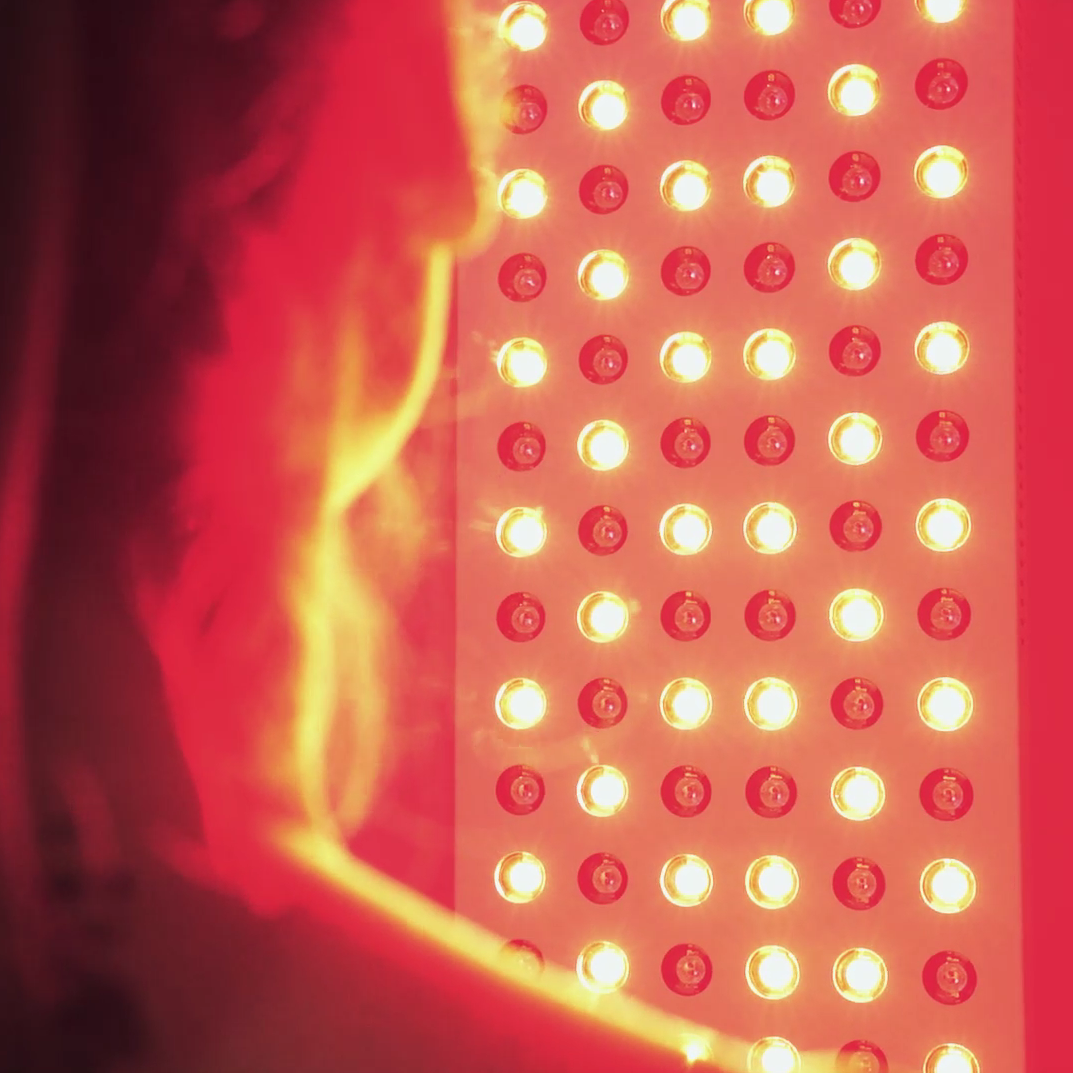


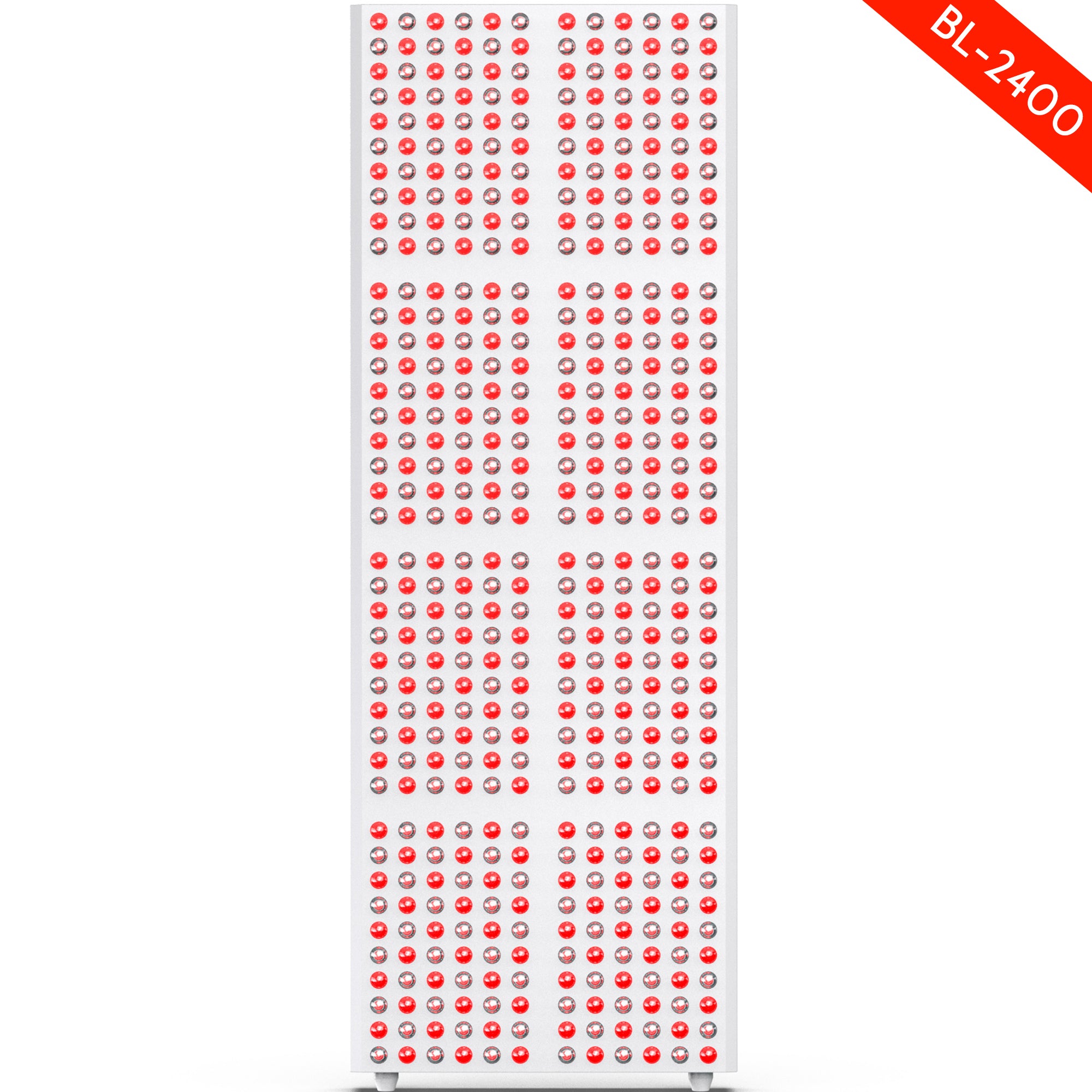
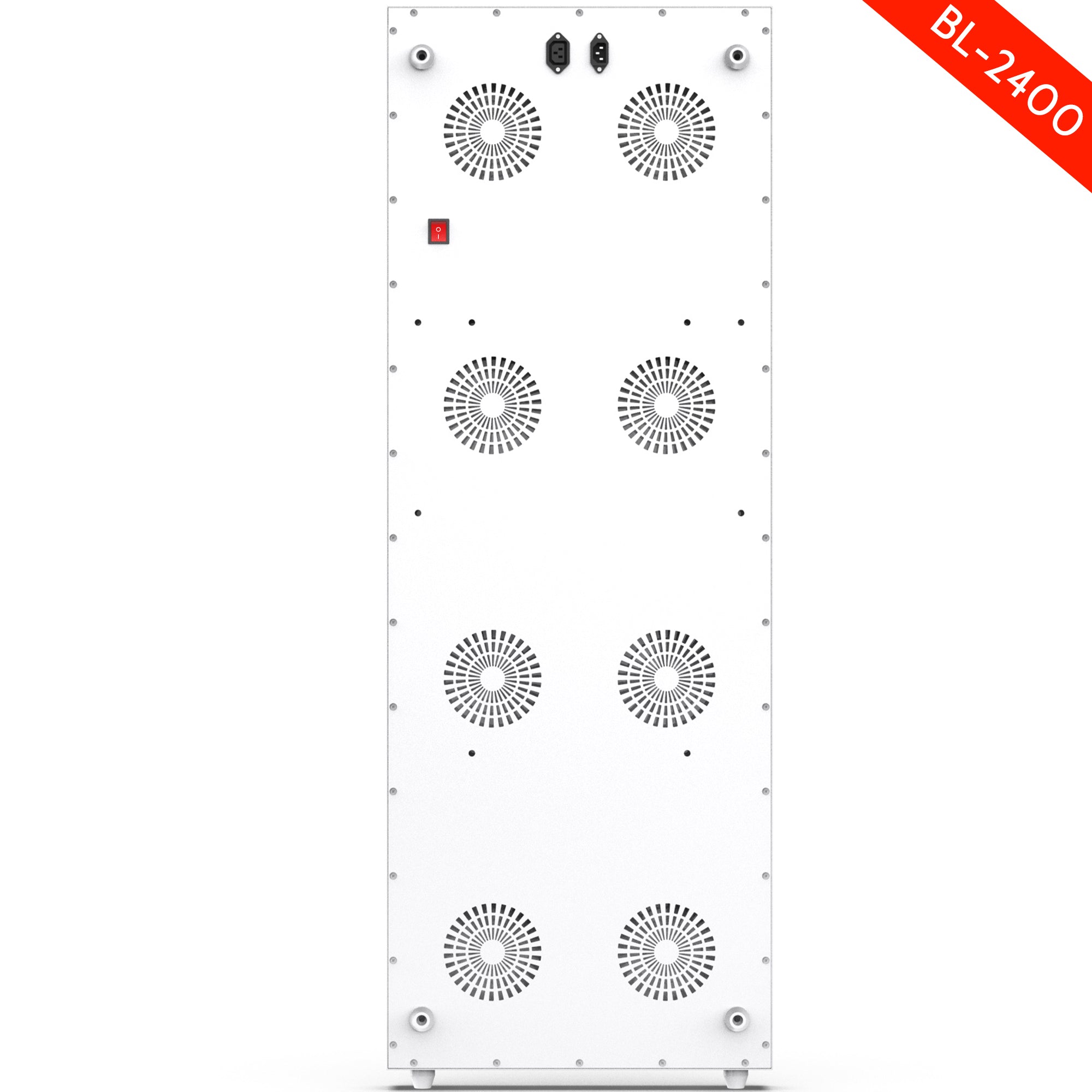
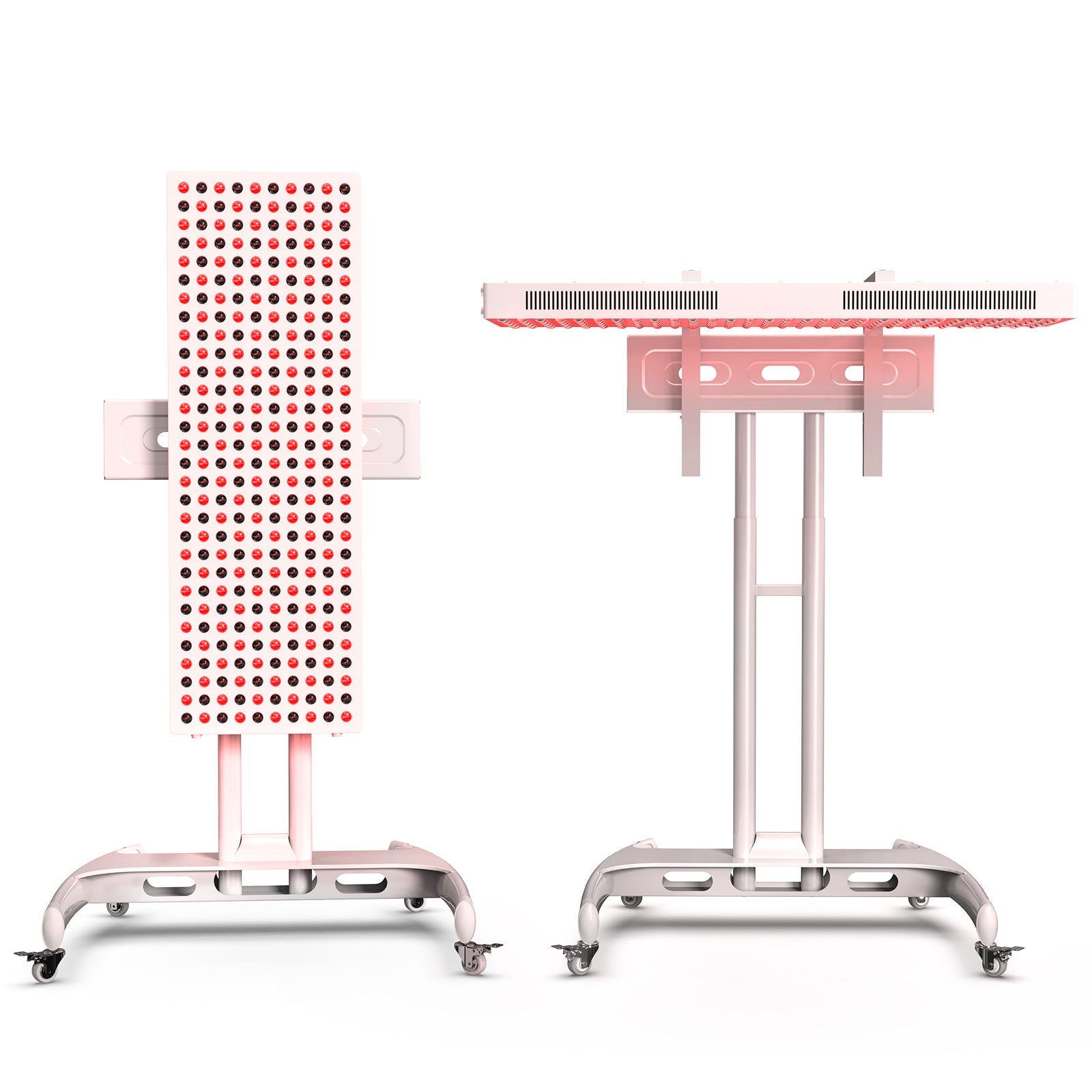
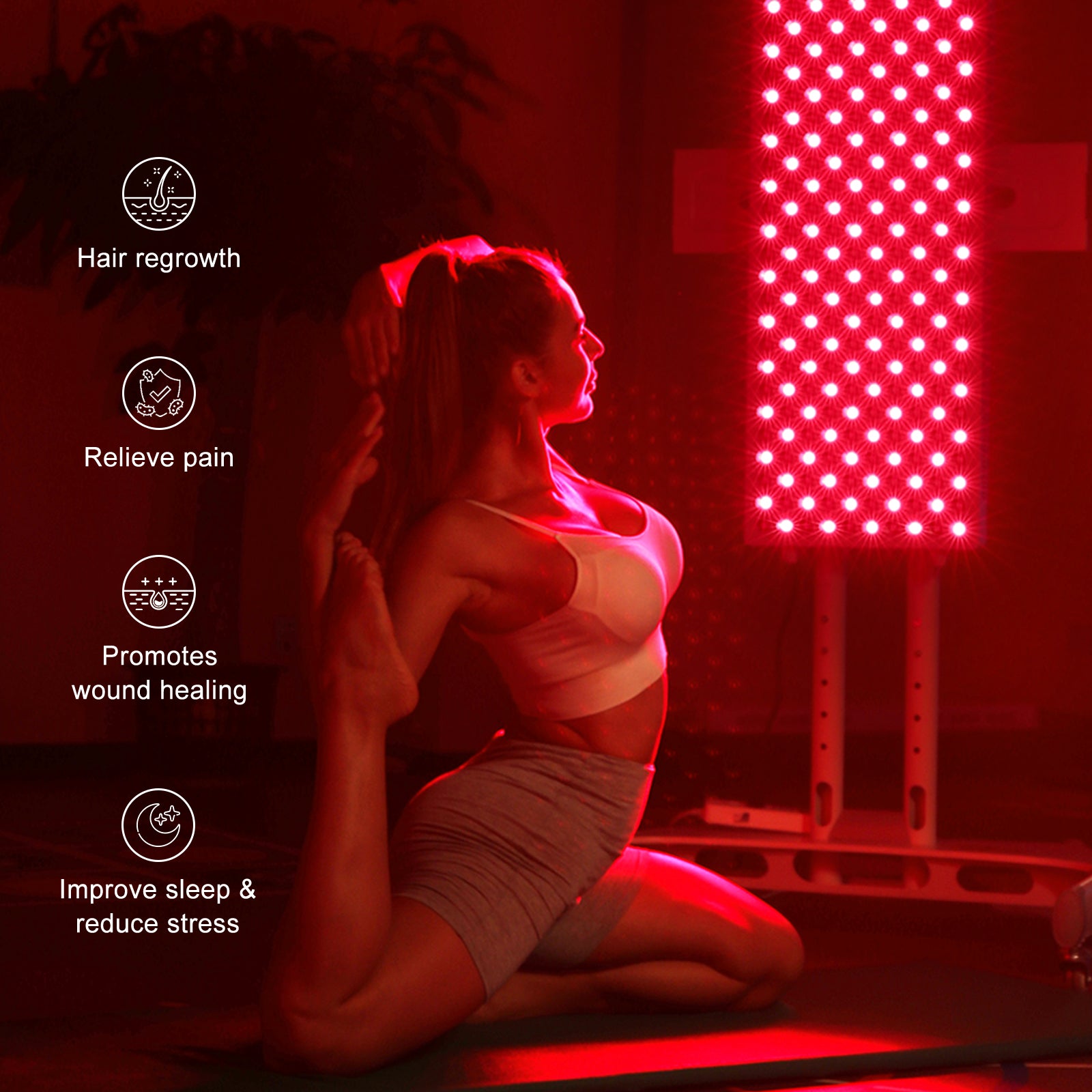
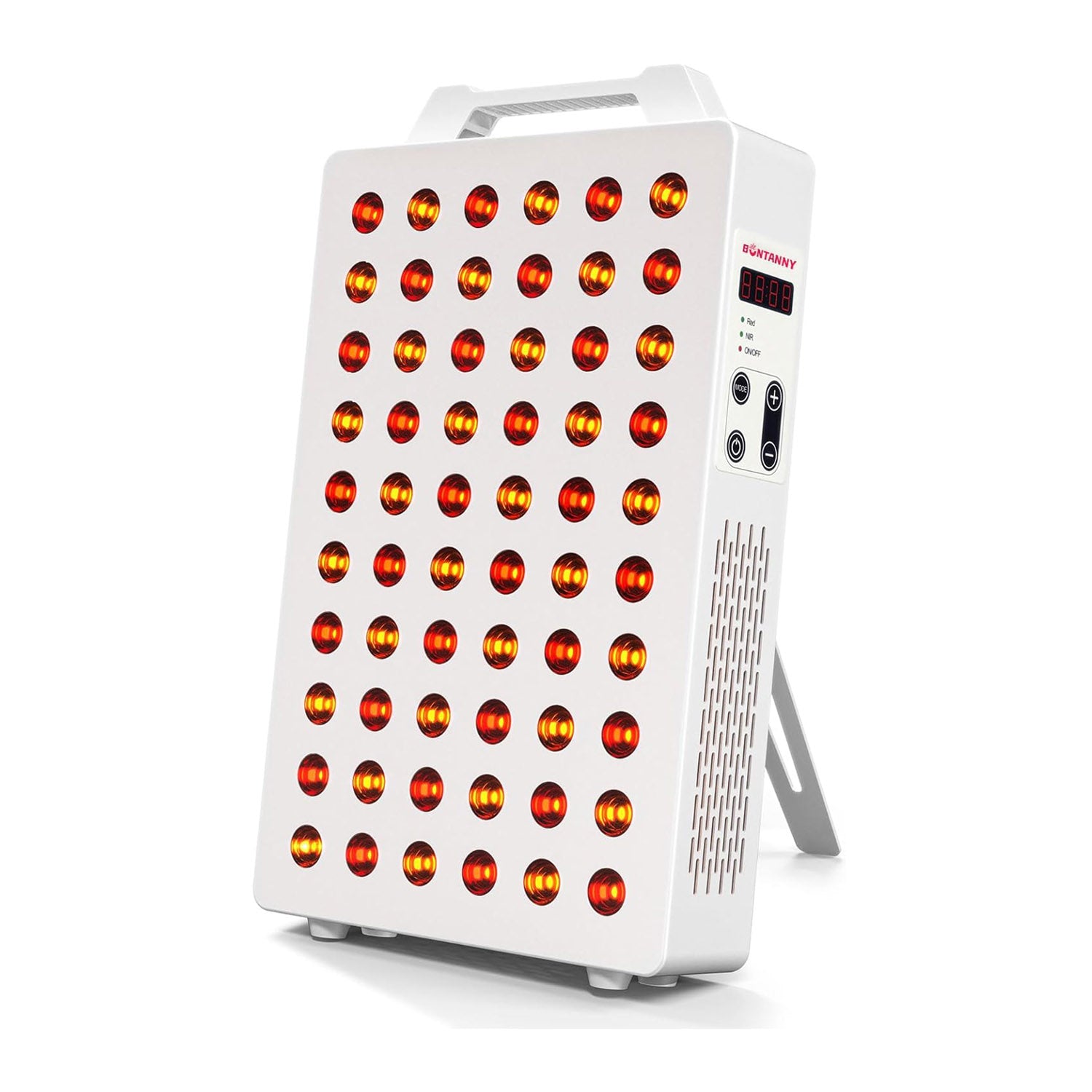
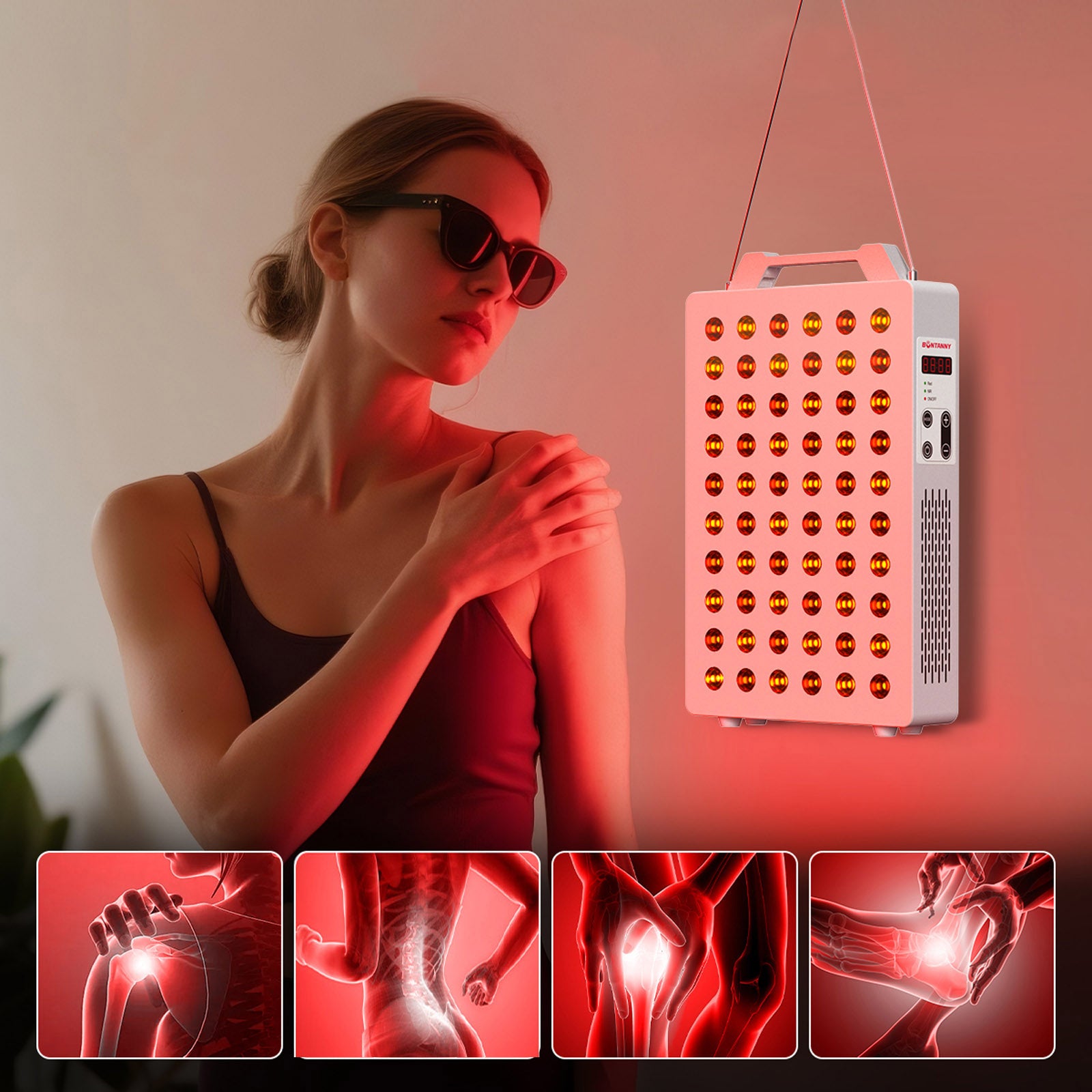
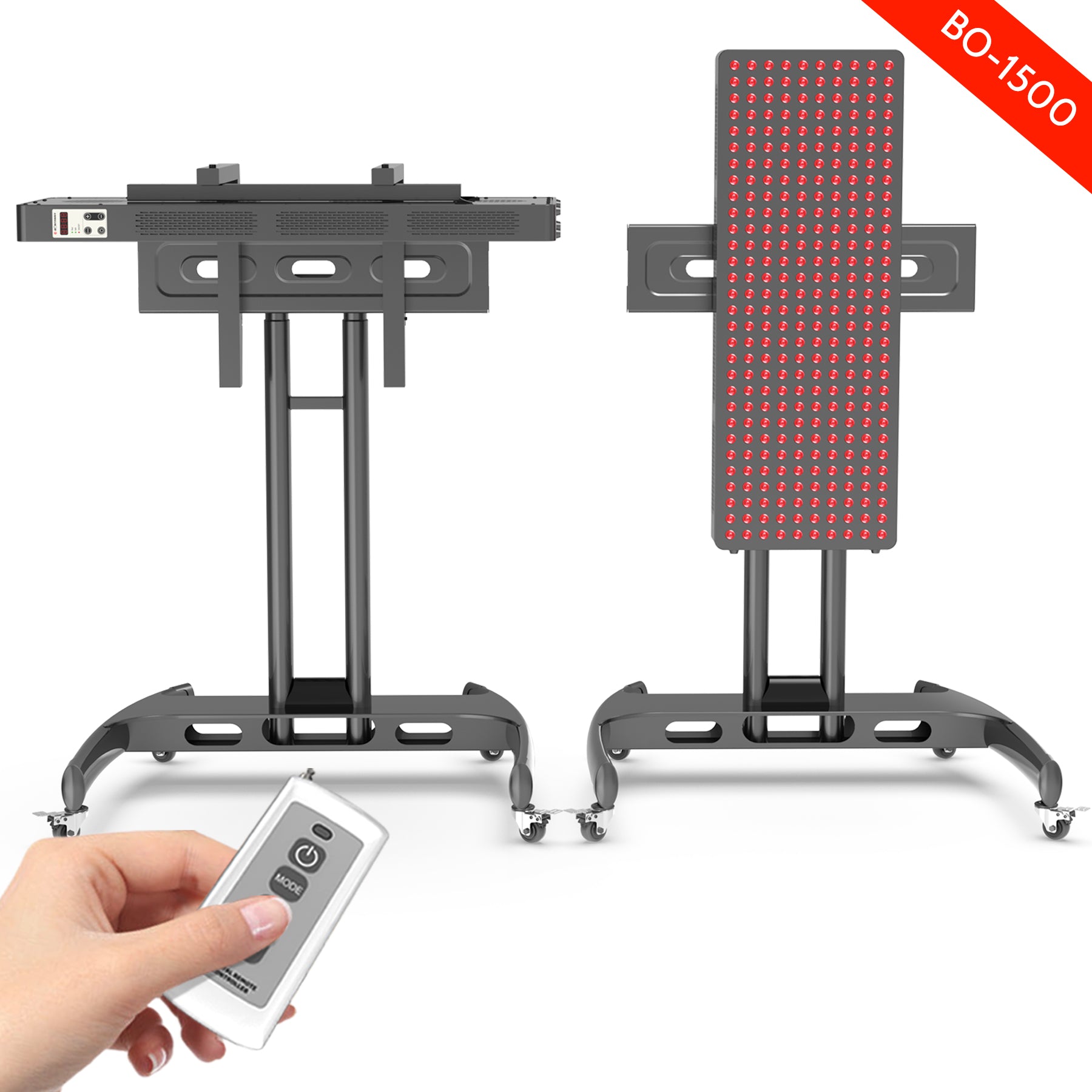
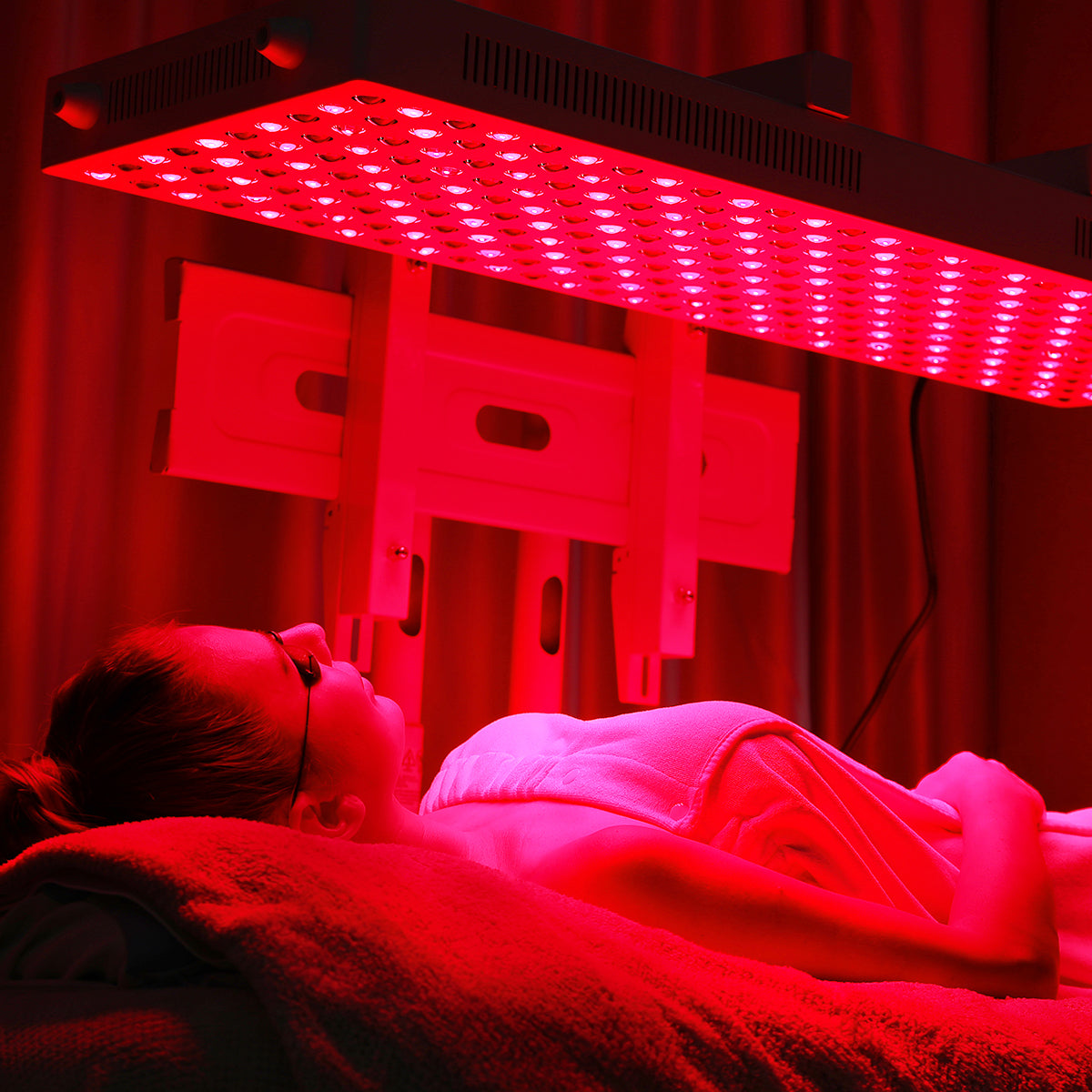
Leave a comment
This site is protected by hCaptcha and the hCaptcha Privacy Policy and Terms of Service apply.